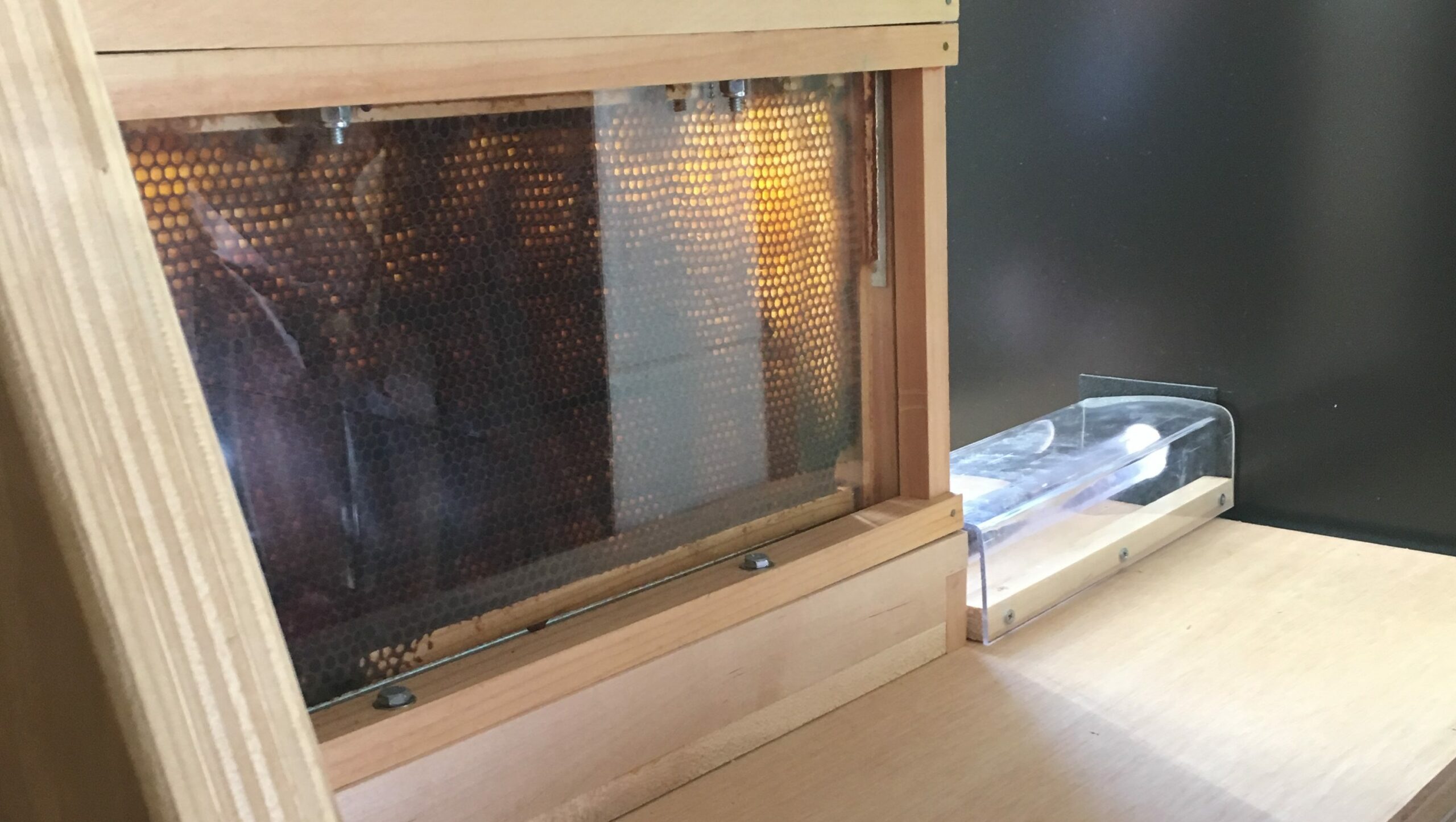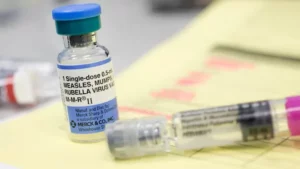Yes, there are in fact bees in BHS. But don’t call pest control yet! It’s actually an indoor hive installed in room 215 (and the bees are very contained, fret not).
This makeshift sanctuary allows for the bees to come and go through a plastic pipe that passes through the window so they can have full access to the outside world while being able to return to a safe and cozy hive growing right in our school! In the classroom there is a big glass case in which you can see the bees harvesting their honey and building up the hive. If you know what to look for, you can find the queen bee herself and watch them work up close- a unique opportunity you don’t want to pass up.
Between 1947 and 2005, the number of honey bees in the United States has decreased by over forty percent. This can be largely attributed to the destruction of hives and a lack of habitat. With this startling number looming over our heads, we think it’s great that BHS is doing their part to support a hive of this species that is so crucial to our ecosystem, not to mention so interesting to study!
Just ask Sam Ashooh, local bee expert and keeper. He’s got the buzz (pun fully intended) on why the life of a bee is so much more than flying from flower to flower. They actually live by a very delicate and intricate system. For example, “They’re extremely clean so when a bee dies in a hive they will drag them out”, says Ashooh. In fact, you can see into the pipe where the bodies of the dead bees have been dragged out of the hive. They’re also very efficient,“When the bees start preparing for winter, all of the drones are booted out of the hive. They are the only males and their job is to fertilize the eggs. Because the queen doesn’t lay eggs in the winter, they don’t want the drones taking up space and food”. Sounds kind of Hansel-and-Gretel-ish to me but I guess you gotta do what you gotta do.
Do not mistake BHS’s hive as a daycare, though. These bees would be very okay on their own. We aren’t giving them anything but a shelter that is not as easily destructible as an organic hive would be. They are getting their own food, making their own honey, and doing their own thing. We just get the benefits of watching them go about their lives and the assurance that we are doing something to help our fuzzy friends. According to Mrs. Morrissey, whose classroom houses the hive, “Bees are important.” No, not a very detailed description, but she’s not wrong. Mrs. Altemus, who is a main contributor to the maintenance of the hive, says “I think it’s a rare opportunity to see inside the beehive without going to the Museum of Science. I think there’s a lot of learning and it’s an exposure that you may never have elsewhere.”
Couldn’t have said it better myself, Mrs. A! This hive is just another way BHS is giving us students a wealth of unique opportunities. So take it from us, you are not going to want to miss out on the opportunity to see the bees do their thing. Stop in and pay the bees (and Mrs. Morrissey) a visit in room 215! She’ll be happy to have you! Look for Mrs. Altemus and ask her any questions you may still have about the indoor hive! Or, if you see Sam Ashooh, he’s got an endless supply of interesting bee facts! However you do it, get to know this amazing species a little more and take advantage of the opportunity to study and learn about them and all they offer our world!






